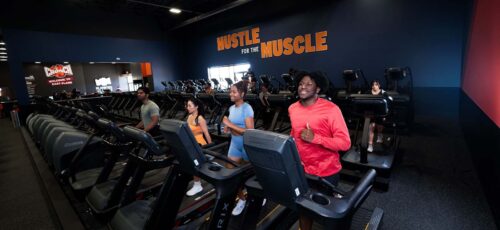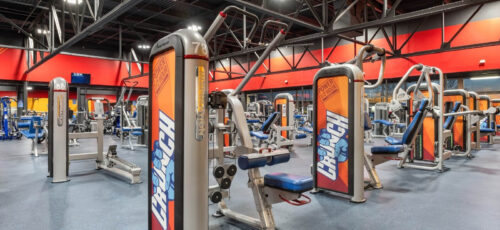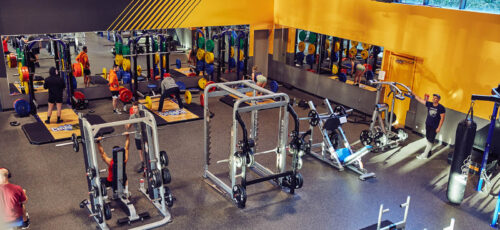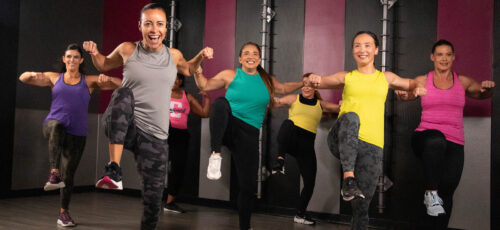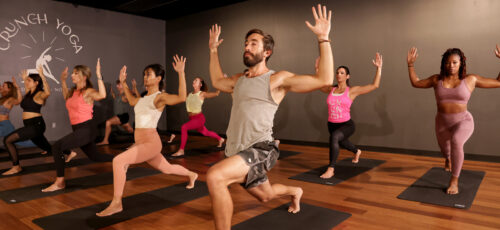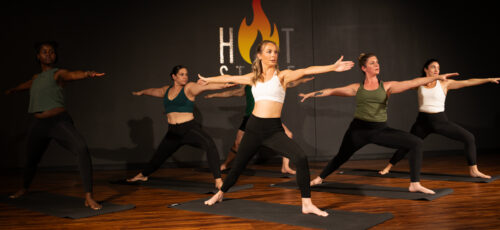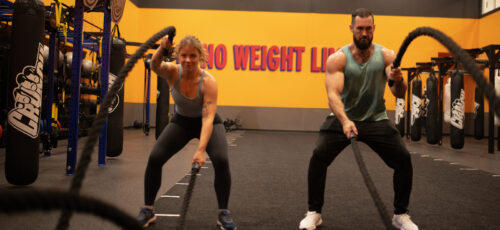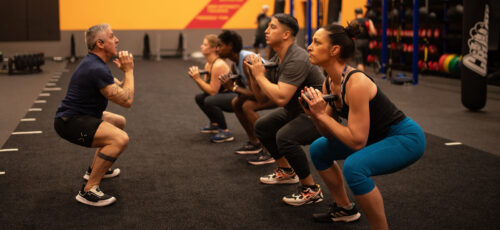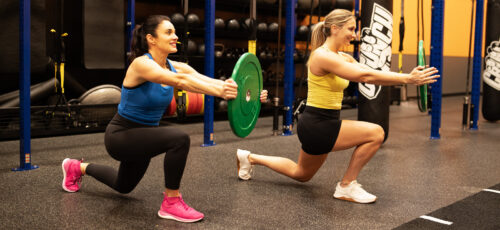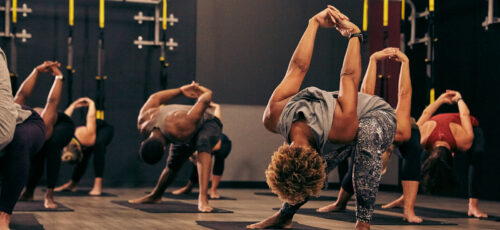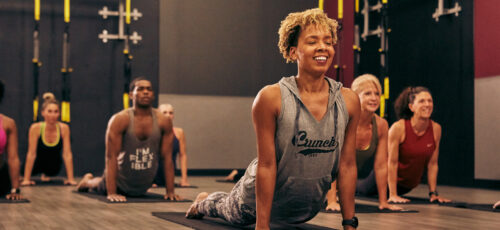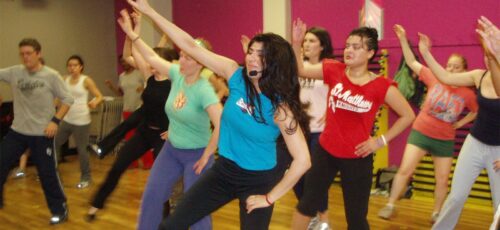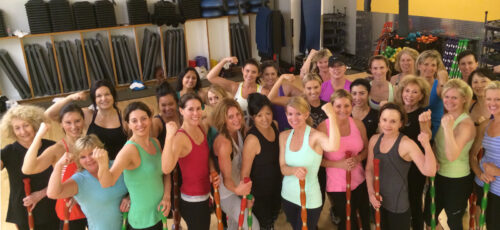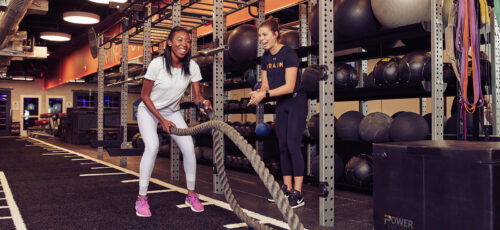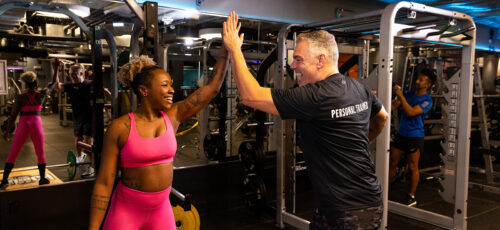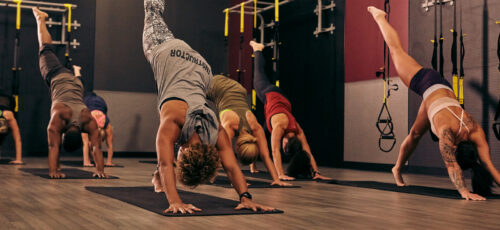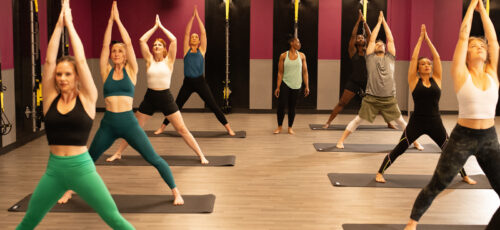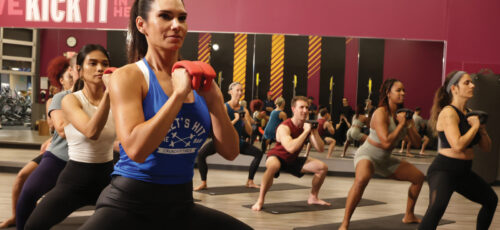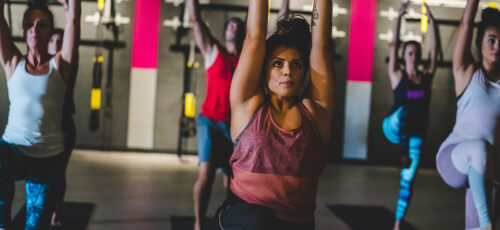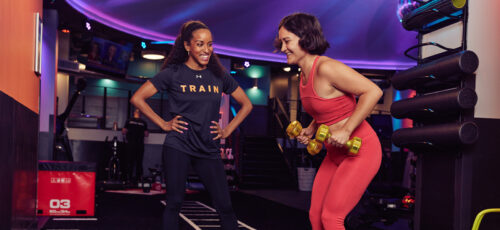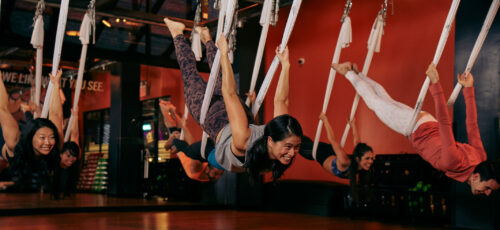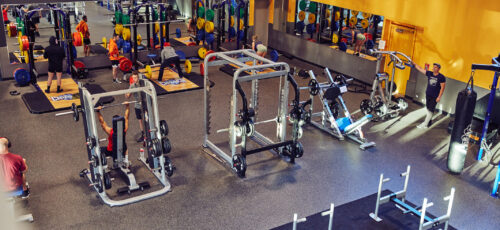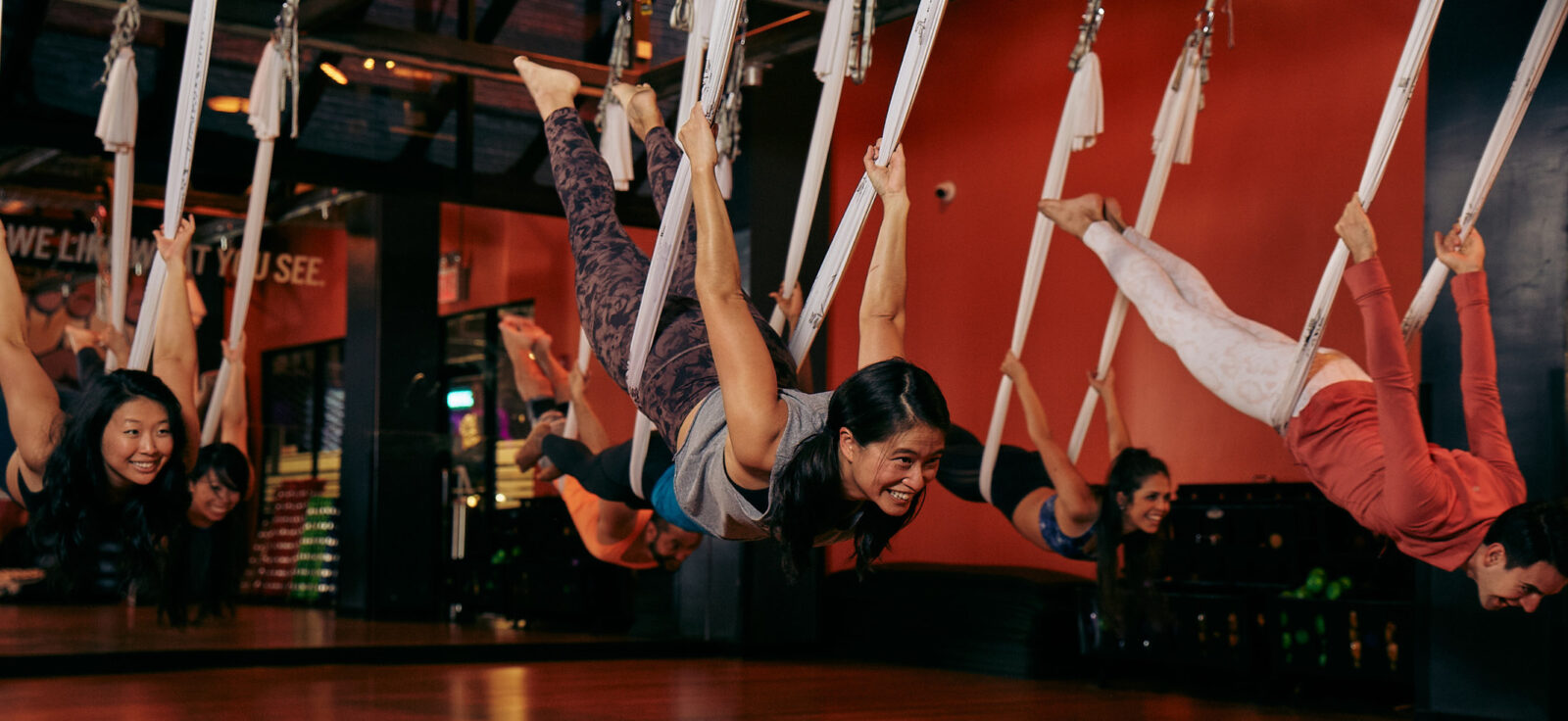
Starting a fitness journey is more than just showing up at the gym—it’s about building a routine that matches your goals, lifestyle, and preferences. One question many gym-goers face is: Should you stick to the same workout classes or mix it up with alternating classes? Both approaches have their perks, and finding the right balance could be the key to unlocking your best results.
Imagine you’re attending a yoga class every Monday. The consistency helps build strength and flexibility over time, creating a sense of rhythm in your week. But what if you swapped it out occasionally for a HIIT session? That variety could challenge your muscles differently and keep things exciting. Research shows that regular workouts can prevent unproductivity while maintaining consistency, which builds mastery and confidence.
In this article, we’ll explore the pros and downsides of “same workout classes vs alternating classes,” uncovering the benefits of routine, the spice of variety, and how to tailor your fitness plan based on your unique needs. Whether you’re a creature of habit or someone who loves to mix things up, there’s something here for you.
Let’s dive in and discover what approach might work best for your fitness goals!
Consistency, the Secret Ingredient in Every Successful Workout Routine
What separates those who crush their fitness goals from those who struggle to progress? It’s not just about lifting heavier or running faster—it’s about consistency. Showing up regularly and sticking to your plan is the secret ingredient that turns effort into results.
Think of consistency as building a habit. When you stick with a routine, your body starts to recognize and adapt to the exercises you’re doing.
Muscle memory kicks in, making movements feel smoother and more efficient over time. Whether it’s squats, deadlifts, or hitting that 5K mark, consistency helps you get better and stronger without even realizing it.
Here’s a fun thought: What would happen if you brushed your teeth only once a week? Your pearly whites wouldn’t stay so pearly, right? Fitness works the same way! Regular effort creates lasting results, while you will need more than sporadic workouts to get you far.
Breaking Through Fitness Levels
Ever feel like your progress has hit a wall? You may have been lifting the same weights or running the same route for weeks but have yet to see any improvement. That’s a fitness plateau—and it happens to everyone.
The good news? Consistency is your secret weapon here, too. Sticking with a routine allows your body to adapt and grow stronger. For example, if you consistently aim to increase your push-up count by one every week, those small steps can lead to big breakthroughs over time.
Remember: tracking your progress is key to breaking through. Keep a journal or use an app to record your workouts. Did you run faster this week? Lift heavier? Seeing those little wins on paper (or your phone) is like giving yourself a high-five—and who doesn’t love that?
The Power of Tracking Progress
Imagine trying to bake a cake without following a recipe. You could end up with something less-than-delicious. The same goes for fitness. Tracking your progress is like your recipe for success—it shows you what’s working and needs tweaking.
Let’s say you’re trying to build strength. Tracking how much weight you lift each week helps you see if you’re improving or if it’s time to challenge yourself with heavier weights. Do you have an eye for running a faster mile? Record your times to spot trends and celebrate when you hit new personal bests.
Tracking isn’t just practical—it’s motivational. No matter how small, every improvement proves that your hard work is paying off. Think of it as your highlight reel. You might even think, “If I can do this, what else can I achieve?“
Tracking your journey extends beyond celebrating achievements; it evolves into a valuable tool for encouragement and refinement. Whether documenting the weights lifted, distances covered, or improvements in endurance, the act of keeping track serves as a comprehensive guide.
This data-driven approach empowers you to discern what aspects of your routine are effective and where adjustments may be needed. The result is more efficient and targeted workouts, ensuring that each session contributes meaningfully to your goals.
Stay Consistent, Stay Motivated
Consistency doesn’t mean perfection. Life happens, and it’s okay to miss a day here and there. What matters is getting back on track. The more you show up, the more you’ll see progress—and the closer you’ll get to crushing your fitness goals. So, next time you’re tempted to skip a workout, ask yourself: “How will I feel about this decision in the future?“

The Power of Variety in Your Workouts
Let’s be honest: starting a new workout routine is exciting. But after a while, doing the same exercises day in and day out can feel like a chore. That’s why variety isn’t just a nice-to-have—it’s essential for staying motivated and achieving your fitness goals.
Mixing up your workouts isn’t just about keeping things interesting; it’s also about working different muscle groups and giving your body (and mind) a break from monotony.
For instance, swapping a leg day for a yoga class or trying a new group fitness session can reignite your enthusiasm while helping prevent overuse injuries. Think of it as giving your body a full—spectrum workout—like upgrading your fitness toolbox.
Goodbye Boredom, Hello Motivation
Have you ever felt you’re dragging yourself to the gym to check it off your list? That’s boredom creeping in, a common culprit behind burnout. If your goal is more than just shedding a few pounds—if it’s about building a healthier, happier life—you’ll need to keep your fitness routine exciting and challenging.
Switching up your routine doesn’t mean abandoning what works; it means adding layers of fun and variety. For example, if you usually spend time on the treadmill, why not hop into a dance class one week or hit the rowing machine the next?
Trying new workouts keeps things fresh and gives you small, exciting goals to aim for—like mastering a new move or setting a personal best.
Boredom and burnout are real obstacles, but with a little creativity, they don’t stand a chance. Every time you mix things up, you’ll feel renewed purpose and excitement about your fitness journey.
Cross-Training: The Secret Sauce
If you’re not already cross-training, you’re missing out! Cross-training means blending different types of exercises, such as cardio and strength training, with activities such as swimming, ride, or yoga. It’s like creating a buffet for your muscles, where every “dish” offers something unique.
Imagine you’ve been lifting weights for weeks but suddenly throw in a Pilates session. Your body is challenged in new ways, engaging muscles you didn’t even know you had. Not only does this prevent plateaus, but it also reduces the risk of injuries caused by repetitive movements. Plus, cross-training gives your brain a mental break from your usual routine, keeping you energized and excited.
For example, alternate between heavy lifting, HIIT (High-Intensity Interval Training), and a fun Zumba class. The variety will make your workouts feel less like a task and more like an adventure.
Variety = Long-Term Success
Incorporating variety into your fitness routine isn’t just smart—it’s essential for long-term Success. By trying new things, you’re improving your physical health and keeping your mind engaged and your motivation high.
So, next time you feel stuck in a fitness rut, ask yourself: What’s one new thing I can try this week? Whether it’s a different class, a new piece of equipment, or even a fresh playlist for your run, variety will keep you excited, inspired, and on track for your goals. Keep it fun, and keep moving forward—you’ve got this.

Balancing Routine and Diversity
When it comes to fitness, finding the sweet spot between sticking to a routine and mixing things up is key to staying motivated and seeing results. Too much repetition can lead to boredom or burnout, while constant variety might leave you without a solid foundation to measure progress. The trick is balancing both to create a plan that works for you.
Imagine this: one week, you hit your favorite spin class twice, but the next, you try a Pilates session or add a hike to the mix. By blending consistency with fresh challenges, you’ll keep things exciting and allow your body to work in new ways while progressing toward your goals.
How to Strike the Perfect Balance
Start by asking yourself your goals and what excites you about movement. If you love the predictability of a routine, focus on incorporating consistent elements, like a set day for strength training or cardio. If you crave variety, sprinkle in new activities like dance classes, swimming, or outdoor workouts.
Pay attention to how your body responds. Do you feel energized after trying something new? Or do you notice more progress when sticking to a regular plan? Listening to your body is your best guide. For instance, if running feels repetitive after a few weeks, switch to cycling to keep those legs working hard without the monotony.
The Power of Flexibility
While having a plan is great, life sometimes goes according to schedule. And that’s okay! Flexibility in your approach is just as important as sticking to your goals.
Let’s plan a morning gym session, but your alarm didn’t go off. Instead of skipping your workout, you can take a quick home workout later. Or perhaps you intended to do an intense strength session, but your body feels sore. Switch it up with some yoga or a light walk instead. The ability to adapt ensures that you stay consistent even when life throws you curveballs.
Being flexible also means listening to your body during workouts. If a particular move doesn’t feel right, modify it. Fitness isn’t about forcing yourself through discomfort—it’s about finding what works for you and making adjustments as needed.
Why Balance Matters
Combining routine and variety creates an effective and enjoyable fitness plan. Routine builds discipline and allows you to measure progress, while variety keeps you excited and prevents plateaus. Together, they form the foundation for a sustainable and rewarding fitness journey.
So, what’s your next move? Try scheduling your favorite workout as a weekly staple, but challenge yourself to add one new activity each month. This way, you’ll stay consistent, motivated, and on the path to achieving your goals—while keeping it fun! Remember, fitness is as much about enjoying the process as the results. You’ve got this!
Same Workout Classes vs Alternating Classes: Potential Downsides
When deciding between sticking to the same workout classes or switching things up with alternating classes, it’s essential to understand that both approaches have potential downsides. Choosing the right strategy depends on your goals, preferences, and body response to different workouts.
Downsides of Sticking to the Same Muscle Groups
- Risk of Plateaus: Repeating the same exercises can prevent your progress from stagnating. Over time, your body adapts to the routine, reducing the workout’s effectiveness.
- Muscle Imbalance: Focusing on one class type may neglect other muscle groups or aspects of fitness, such as flexibility or endurance. For example, attending only strength training classes might leave your cardio fitness underdeveloped.
- Mental Burnout: Repetition can lead to boredom, making staying motivated over the long term harder.
Downsides of Alternating Classes
- Lack of Mastery: Frequently switching workouts might prevent you from mastering specific skills or techniques, such as perfecting yoga poses or weightlifting forms.
- Overtraining Risk: Without a structured plan, alternating classes could unintentionally overload certain muscles or fail to provide adequate recovery.
- Difficulty Tracking Progress: Changing classes often makes measuring strength, endurance, or flexibility improvements harder.
The key is to align your workout strategy with your goals while keeping things engaging and effective!
Listen to Your Body
Listening to your body is one of fitness’s most essential yet overlooked aspects. Pushing through fatigue or ignoring signs of overtraining might feel productive in the short term, but it can lead to burnout or injuries over time. Incorporating rest days and recovery strategies isn’t slacking—it’s a smart way to give your body the chance to repair, rebuild, and grow stronger.
Recovery plays a crucial role in preventing injuries. For example, if you notice muscle soreness persisting for several days, it’s your body signaling the need for rest. Taking a day off or opting for a light activity like yoga or stretching can help you bounce back and perform better in your next session.
Beyond physical recovery, remember sleep and nutrition. A good night’s rest is essential for muscle repair, while a nutrient-rich diet fuels your workouts. Combining rest, sleep, and proper nutrition ensures you’re working hard and smart, setting yourself up for long-term success.

Embracing a Goal-Oriented Approach to Fitness
Your fitness routine should reflect your personal goals. Whether aiming to shed a few pounds, build strength, or boost endurance, aligning your workouts with your objectives is the most effective way to maximize results and stay motivated. A goal-oriented approach ensures that every session contributes meaningfully to your fitness journey, keeping you on track and engaged.
Understanding the connection between your goals and your routine is key. For example, if weight loss is your primary objective, focusing on high-calorie-burning activities such as HIIT workouts, cycling classes, or cardio circuits may yield the best results. Pairing these workouts with a calorie deficit through mindful eating creates a comprehensive strategy that supports your goal. To make it more specific, consider a goal like, “I want to lose 10 pounds in three months by attending four cardio sessions weekly and maintaining a 500-calorie deficit each day.” This clarity gives direction and purpose to your routine.
Your focus should shift toward resistance training and progressive overload for strength-building goals. This might mean committing to three weekly weightlifting sessions, gradually increasing the weights or reps as your strength improves. For example, if your goal is to deadlift 200 pounds, your workouts might involve a combination of lower-body strength exercises and regular practice to hit incremental milestones.
If you’re after endurance, a varied approach combining aerobic and anaerobic exercises is often best. You might start with long, steady runs to build a cardio base and incorporate shorter interval sessions to push your limits. A sample goal could be, “I want to run a 10K in under 60 minutes within six months by running three times a week and gradually increasing my pace and distance.”
Tailoring your workouts to your goals also helps you avoid wasted effort. Instead of following a generic routine that doesn’t serve your specific needs, a goal-oriented plan ensures that every exercise you do takes you closer to the results you want.
The beauty of this approach lies in its flexibility. Whether you’re a gym regular or just starting out, your goals and workouts can evolve. By staying aligned with your goal, you’ll make the most of your time at the gym and build a meaningful and rewarding routine. Remember, your fitness journey is personal—let your goals guide the way.
Setting SMART Goals
Embarking on a fitness journey without clear goals can feel like wandering in the dark—you’re moving but might not be headed in the right direction. That’s where SMART goals come in. They provide structure and clarity, helping you focus efforts and track progress effectively. So, what exactly are SMART goals, and how can they work for your fitness journey? Let’s break it down.
SMART is an acronym for specific, measurable, achievable, relevant, and time-bound. These criteria transform vague aspirations into actionable plans. Instead of saying, “I want to get fit,” a SMART goal could be: “I will run three miles in under 30 minutes within the next two months by jogging three times a week and gradually increasing my pace.”
SMART goals break your larger vision into manageable steps, keeping you motivated at every checkpoint. Start setting SMART goals today and watch yourself achieve milestones you never thought possible!
Reach Your Fitness Goals With Crunch
In the quest for the optimal fitness plan, striking a balance between consistency and variety, listening to your body, and aligning your routine with specific goals is key. Each person is unique, and finding the right mix requires experimentation and a willingness to help your body adapt.
That’s why at Crunch, our approach to fitness is an example of balance. With the help of our wonderful team, you’ll discover a routine that not only yields results but also brings joy and longer life to your pursuit of a healthier, fitter you.
Crunch promotes a culture of positivity, inclusivity, and fun with no judgments by providing an environment for all individuals regardless of their health and fitness goals. Find a Crunch gym near you to try our free trial membership, or join Crunch now. We’re here for you – at the gym or at home. Access the best live & on-demand workouts anytime, anywhere with Crunch+. Ready to get sweaty? Try hundreds of workouts for free! Start your free trial now!















